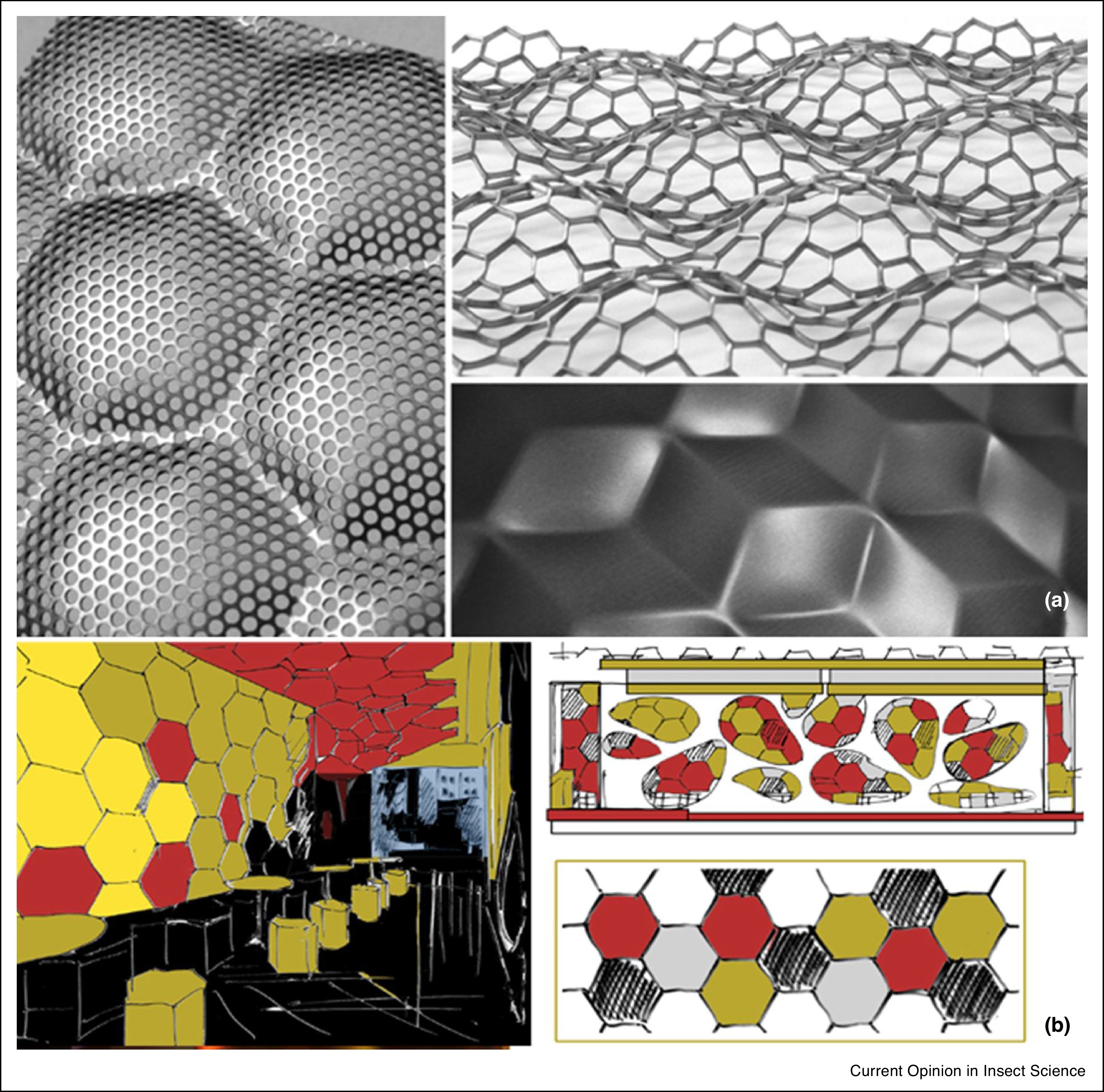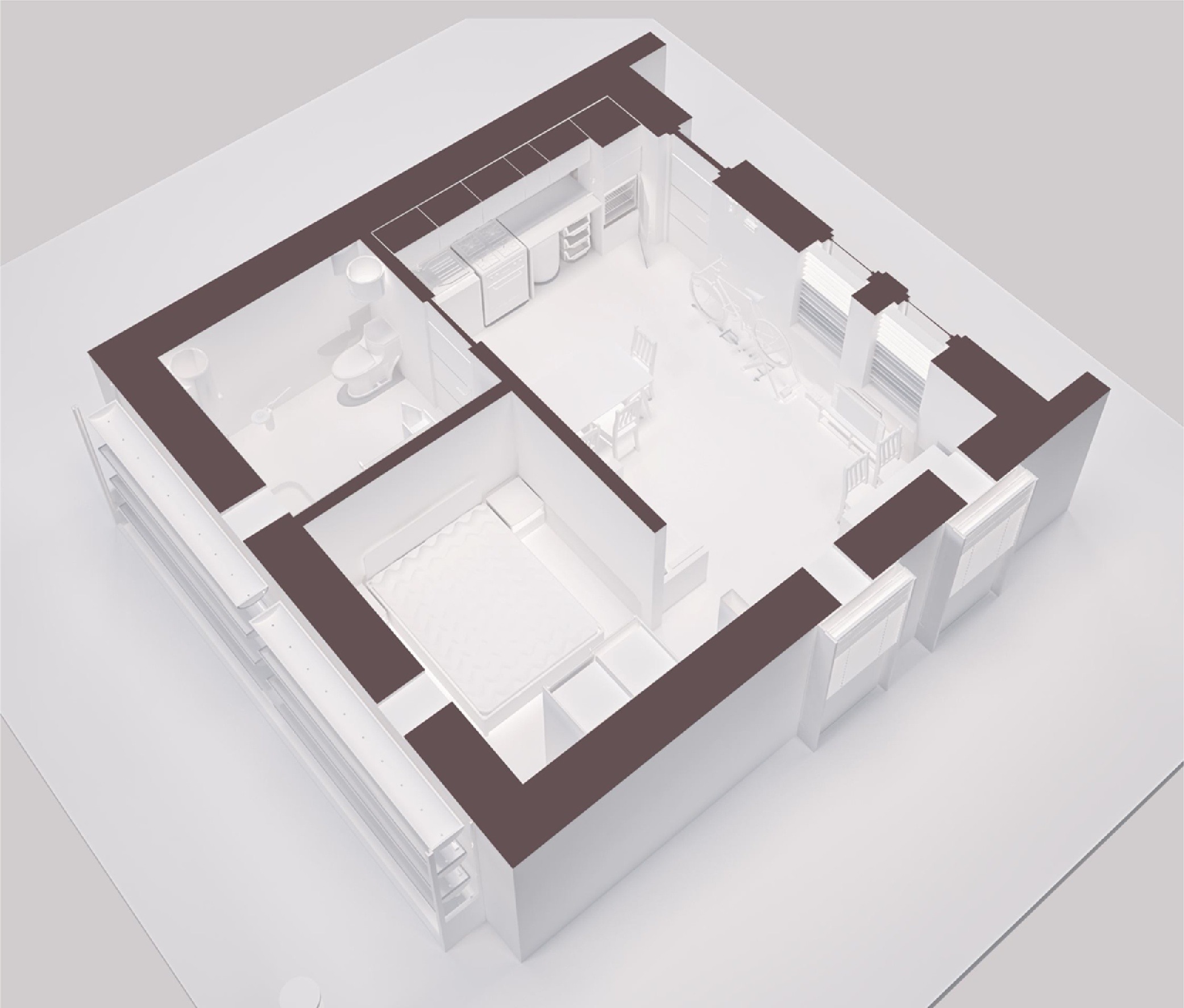Intelligent buildings, characterized by advanced automation and integrated systems, serve as pivotal elements in the alignment with the United Nations' Sustainable Development Goals (SDGs), particularly SDG 7 (Affordable and Clean Energy), SDG 11 (Sustainable Cities and Communities), and SDG 13 (Climate Action).
Intelligent buildings leverage modern technology, sensor systems, and artificial intelligence to optimize energy use, thus directly aligning with SDG 7. Through smart energy management, such buildings can decrease energy consumption, rely more heavily on renewable energy sources, and significantly reduce operational costs. Furthermore, these smart infrastructures can actively respond to occupants' needs, improving comfort and productivity while still maintaining energy efficiency.
In terms of SDG 11, intelligent buildings contribute to the creation of sustainable cities and communities. They integrate with urban infrastructure and public utilities to improve efficiency, from the optimization of water usage to the management of waste. Also, smart systems within these buildings can monitor and maintain air quality, providing a healthier living and working environment. In this way, intelligent buildings enhance the quality of life for city dwellers, while promoting sustainability.
Intelligent buildings also play a substantial role in climate action (SDG 13). By minimizing energy consumption and maximizing the use of renewables, these buildings reduce greenhouse gas emissions, an essential factor in mitigating climate change. Moreover, the data collected from intelligent building systems can provide valuable insights into energy usage patterns, informing strategies for further reducing carbon footprints.
Additionally, the rise of intelligent buildings can indirectly contribute to other SDGs. For instance, the production and installation of smart technologies can stimulate innovation and infrastructure development (SDG 9), and the cost savings from energy efficiency can potentially be reinvested into decent work and economic growth (SDG 8).
The field of digital histopathology has seen incredible growth in recent years. Digital pathology is becoming a relevant tool in healthcare, industrial and research sectors to reduce the saturation of pathology departments and improve the productivity of pathologists by increasing diagnostic accuracy and reducing turnaround times. Artificial Intelligence (AI) algorithms may be used for the identification of relevant regions, extraction of features from a histological image and overall classification of images into specific classes.
Materials, structures, surfaces and buildings of insects are of a great scientific interest, but such basic knowledge about the functional principles of these structures is also highly relevant for technical applications, especially in architecture. Some of the greatest challenges for today's architecture are multifunctionality, energy saving and sustainability — problems that insects have partially solved during their evolution. Entomologists have collected a huge amount of information about the structure and function of such living constructions and surfaces.
Forced migration is not a recent phenomenon, nor is the reality of the amount suffering of the displaced population fleeing from armed conflict. Finding housing for refugees has not only become an acute obligation for hosting countries but it is a situation predicted to continue, and possibly increase, in the future. This study is discussing and showing the results of the first phase of an ongoing project for designing and constructing an eco-cycle refugee shelter.


